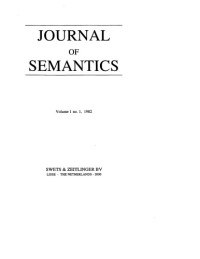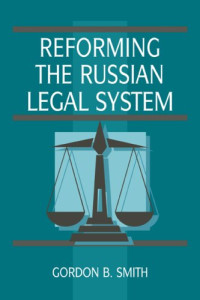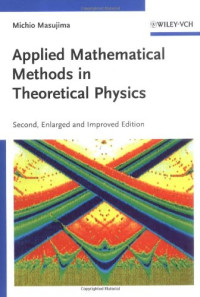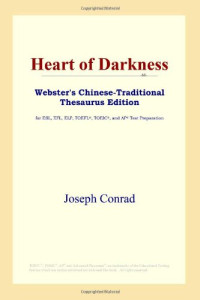
Supreme Court Nominations
Betsy Palmer
The appointment of a Supreme Court Justice is an event of major significance in American politics. Each appointment is important because of the enormous judicial power the Supreme Court exercises as the highest appellate court in the federal judiciary. Appointments are usually infrequent, as a vacancy on the nine member Court may occur only once or twice, or never at all, during a particular President's years in office. Under the Constitution, Justices on the Supreme Court receive lifetime appointments. Such job security in the government has been conferred solely on judges and, by constitutional design, helps insure the Court's independence from the President and Congress. The procedure for appointing a Justice is provided for by the Constitution in only a few words. The "Appointments Clause" (Article II, Section 2, clause 2) states that the President "shall nominate, and by and with the Advice and Consent of the Senate, shall appoint ...Judges of the supreme Court". The process of appointing Justices has undergone changes over two centuries, but its most basic feature - the sharing of power between the President and Senate - has remained unchanged: to receive lifetime appointment to the Court, a candidate must first be nominated by the President and then confirmed by the Senate. Although not mentioned in the Constitution, an important role is played midway in the process (after the President selects, but before the Senate considers) by the Senate Judiciary Committee. On rare occasions, Presidents also have made Court appointments without the Senate's consent, when the Senate was in recess. Such 'recess appointments', however, were temporary, with their terms expiring at the end of the Senate's next session. The last recess appointments to the Court, made in the 1950s, were controversial because they bypassed the Senate and its "advice and consent" role. The appointment of a Justice might or might not proceed smoothly. From the first appointments in 1789, the Senate has confirmed 122 out of 158 Court nominations. Of the 36 unsuccessful nominations, 11 were rejected in Senate roll-call votes, while nearly all of the rest, in the face of committee or Senate opposition to the nominee or the President, were withdrawn by the President or were postponed, tabled, or never voted on by the Senate. Over more than two centuries, a recurring theme in the Supreme Court appointment process has been the assumed need for excellence in a nominee. However, politics also has played an important role in Supreme Court appointments. The political nature of the appointment process becomes especially apparent when a President submits a nominee with controversial views, there are sharp partisan or ideological differences between the President and the Senate, or the outcome of important constitutional issues before the Court is seen to be at stake.
년:
2009
출판사:
Nova Science Publishers
언어:
english
페이지:
256
ISBN 10:
1606926543
ISBN 13:
9781606926543
파일:
PDF, 1.63 MB
IPFS:
,
english, 2009
 Amazon
Amazon  Barnes & Noble
Barnes & Noble  Bookshop.org
Bookshop.org  파일을 변환하실 수 있습니다
파일을 변환하실 수 있습니다  더 많은 검색 결과
더 많은 검색 결과 기타 혜택
기타 혜택 



























![Kazuo Koike, Goseki Kojima — Lone Wolf and Cub 28, Vol. 28) Lotus Throne (2003) [DARK HORSE COMICS]](https://s3proxy.cdn-zlib.se/covers200/collections/genesis/a6e7727adcadf35be59ccc1d89976b84aba82dddc6ab19cfd3c1d8ad8a466037.jpg)






































